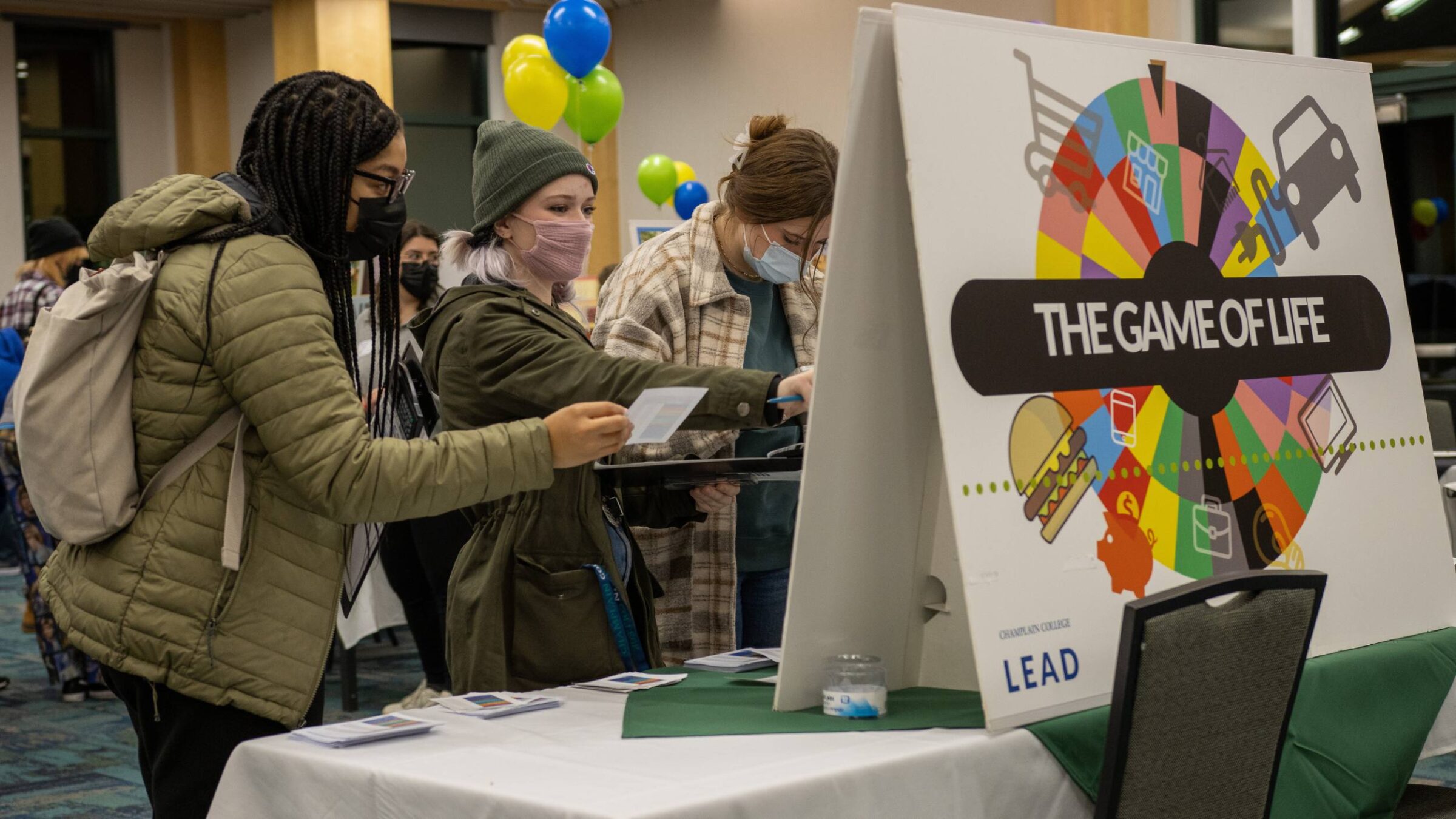Champlain Expert: More Can Be Done to Curb Student Debt

“When it comes to the true cost of a college education, the devil is in the details,” writes Champlain College Center for Financial Literacy Director John Pelletier. In an article for Inside Higher Ed, the expert and advocate for financial literacy sees opportunity for early intervention strategies in high school curricula.
Pelletier writes:

The Biden administration has discharged student loan debts for some college graduates—so far fewer than one million individuals. This is a good start, but, as The Hill reports, “45 million borrowers collectively owe $1.7 trillion in student loans, and data shows the average borrower holds more than $36,000 in debt.” Under our laws, student loan debt is virtually impossible to discharge in bankruptcy.
How can we assure that future college students avoid a financial mistake that takes too many nearly a lifetime to dig out of?
The solution: Instituting required personal finance instruction in high schools to help students know what a college education costs before they go. He adds:
I am proud to be affiliated with Champlain College, where all undergraduates are required to participate in personal finance instruction before graduating. It is the right thing to do.
In sum, the obligations around college loans shouldn’t just be shouldered by students alone. A combination of mandatory, substantive personal finance education in every high school and college is necessary.
Read Pelletier’s article featured in Inside Higher Ed here.
At Champlain College, quality personal finance education is an essential and mandatory part of each student’s curriculum, incorporated through the college’s unique InSight program—a four-year career and financial education that’s overseen by Champlain’s Career Collaborative. InSight teaches students the skills and strategies to position themselves in their careers and manage their personal finances and wellness. Among them, the Game of Life event for first-year students that challenges them to a budgeting simulation, much like the board game, with an assigned salary based on their majors. Read more about the annual Game of Life event.



Author
Related People


A hundred different lenses and cameras in one phone: FrameUp allows filmmakers to simulate any shot they’d like; all thanks to Degree Design Lab Senior Ronan Furuta’s multidisciplinary pursuit.

More Inside The View
Ideas
From the minds of our students, faculty, and alumni.
News
The latest from Champlain College.
People
Champlain is more than just a place; it's a community.
Places
On campus, in Burlington, and beyond.
Events
Check out our many campus events and get involved! Refine your search by using the filters or monthly view options.